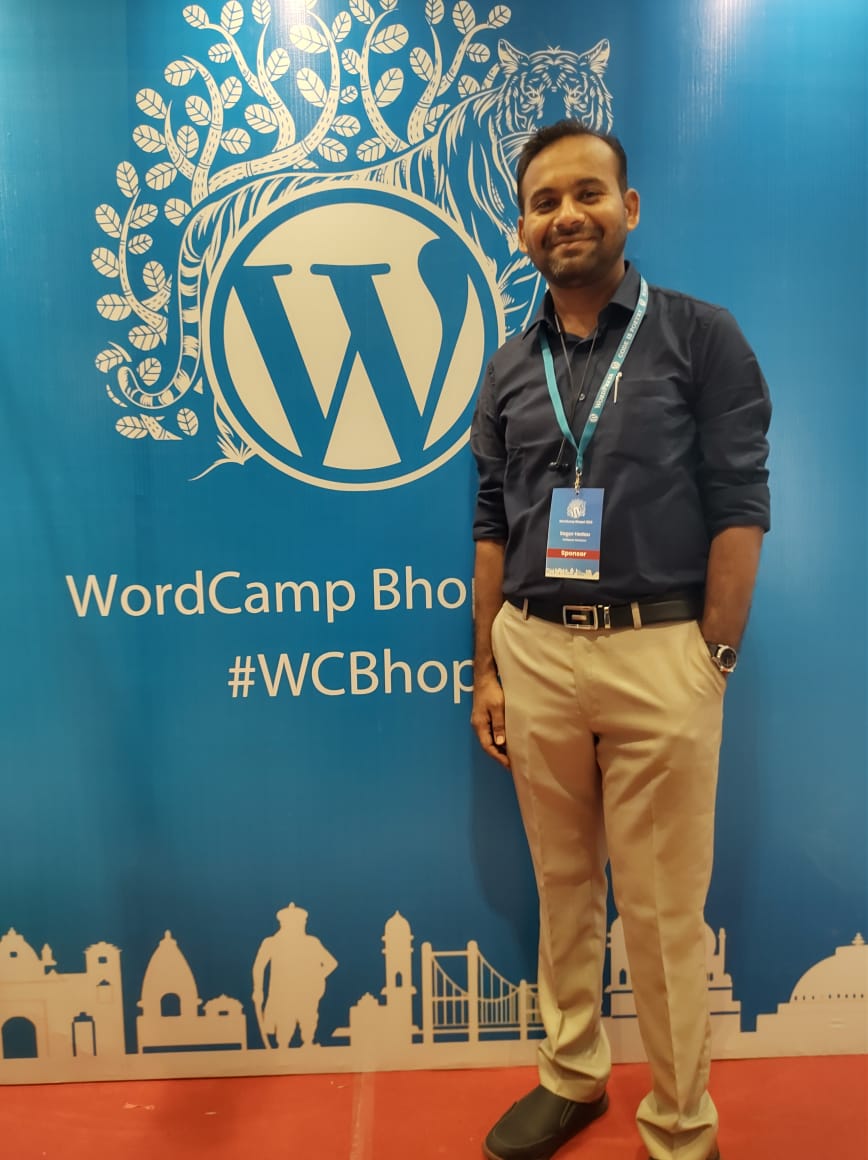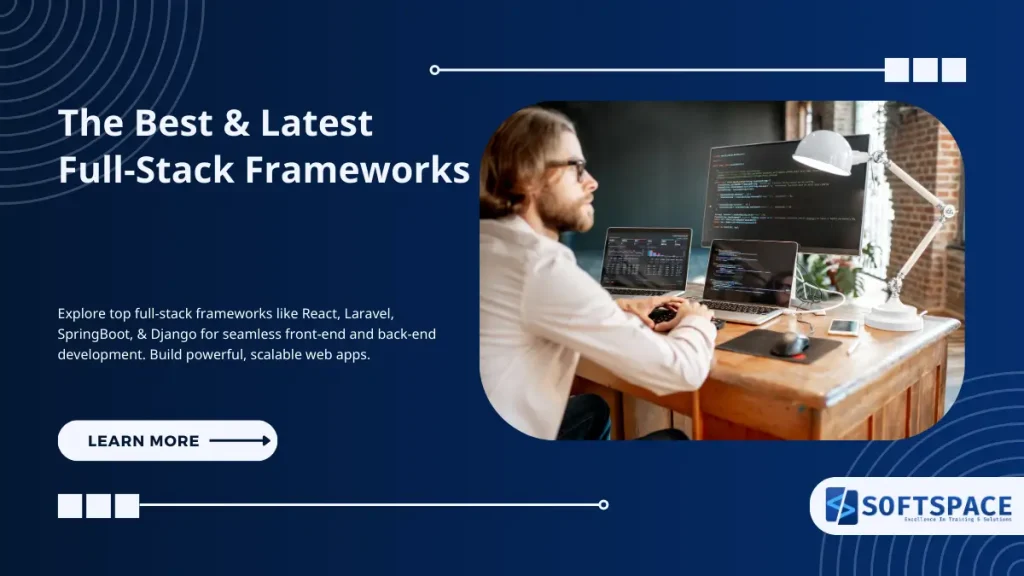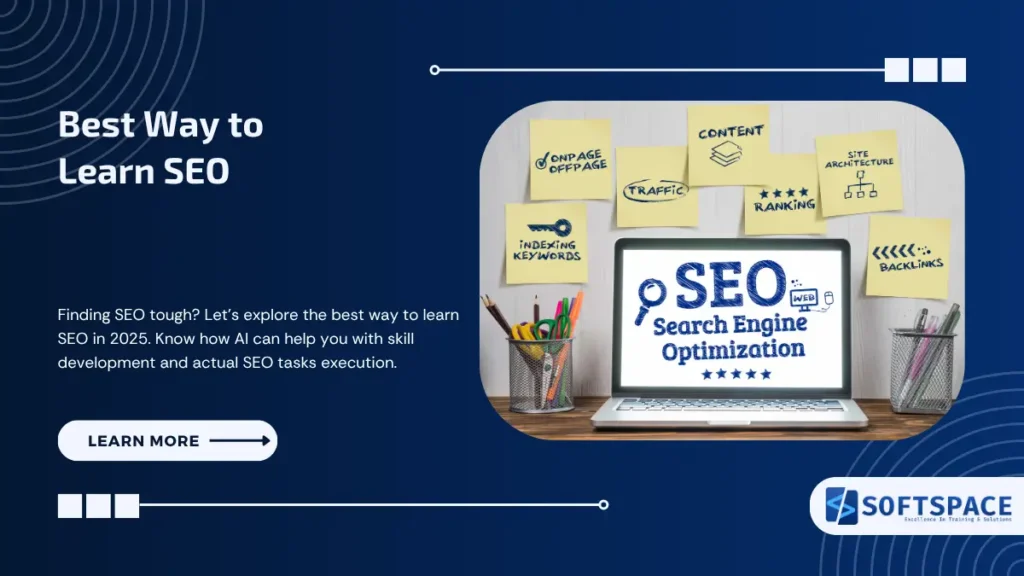Willing to get into full-stack development? You must know these big boys of the game. In the rapidly changing landscape of web development, full-stack frameworks have become the backbone of efficient, scalable applications. As technology advances, these comprehensive tools are transforming how developers build, deploy, and maintain complex web solutions.
This exploration delves into the cutting-edge full-stack frameworks that are reshaping the digital ecosystem and bringing a lot of dynamics to the world of web development.

What are Full-stack Frameworks?
A full-stack framework is an all-encompassing toolkit for developing both the front-end (client-side) and back-end (server-side) of web applications. Unlike specialised frameworks that focus only on one area, such as React for the front-end or Flask for the back-end, full-stack frameworks offer a comprehensive solution.
These frameworks typically include built-in libraries, APIs, and tools for tasks such as database management, session handling, and user authentication. Their primary aim is to simplify the development process by reducing the need for manual integration of multiple tools.
Key Features of Full-Stack Frameworks
- End-to-End Functionality: Manage frontend user interfaces and backend server logic seamlessly.
- Built-In Libraries and APIs: Handle common tasks like routing, database operations, and authentication.
- Cross-Platform Compatibility: Ensure seamless functionality across different devices and operating systems.
- Scalability: Efficiently handle increasing user demands as applications grow.
Types of Full-Stack Frameworks: Monolithic vs Modular
Full-stack frameworks are categorised by their architecture, helping developers choose the most suitable option for their projects:
- Monolithic Frameworks: These are tightly integrated and come with a comprehensive set of tools and functionalities. They are user-friendly and ideal for smaller projects or beginners but may lack flexibility for large-scale applications. Examples include Ruby on Rails and Django.
- Modular Frameworks: These offer flexibility by allowing developers to select only the components they need. They are perfect for projects requiring high customisation. Examples include Node.js combined with Express.js.
Top Rated Full-Stack Frameworks in 2025
| Framework | Key Companies | Primary Strengths | Language | Type |
|---|---|---|---|---|
| Node.js + Express.js | PayPal, Netflix, Uber | Real-time apps, Microservices | JavaScript | Full-stack |
| Ruby on Rails | GitHub, Shopify, Airbnb | Rapid development, ORM | Ruby | Full-stack |
| Laravel | 9GAG, Toyota Hall of Fame | Elegant syntax, Security | PHP | Backend |
| Spring Boot | Netflix, Amazon, eBay | Enterprise applications | Java | Backend |
| Django | Instagram, Mozilla, Spotify | Rapid dev, Admin interface | Python | Full-stack |
| ASP.NET Core | Microsoft, Stack Overflow | Cross-platform, Performance | C# | Full-stack |
| Angular + NestJS | Google, Adidas, Ryanair | Type-safe, Enterprise scale | TypeScript | Full-stack |
| Meteor.js | Honeywell, Citibank | Real-time, Full-stack JS | JavaScript | Full-stack |
| Flask | LinkedIn, Netflix, Uber | Lightweight, Flexible | Python | Backend |
| SvelteKit | 1Password, The Guardian | High performance, Simplicity | JavaScript | Full-stack |
Node.js with Express.js (MEAN Stack)
JavaScript-powered full-stack solution combining MongoDB, Express, Angular, and Node.js. Enables real-time, scalable web applications with a unified language approach. Excellent for single-page applications, microservices, and rapid development with an extensive npm ecosystem and non-blocking I/O capabilities.
Ruby on Rails
Rapid development framework emphasizing convention over configuration. Provides robust MVC architecture with built-in ORM, database migrations, and RESTful design. Enables quick prototyping, backend efficiency, and comprehensive web application development with elegant, readable syntax and strong community support.
Laravel (PHP)
Modern PHP framework offering elegant syntax and comprehensive web development tools. Features Eloquent ORM, Blade templating, robust authentication, and dependency injection. Simplifies complex backend operations, provides extensive security features, and supports rapid application development with clean, expressive code.
Spring Boot (Java)
Enterprise-grade Java framework for building production-ready applications. Provides dependency injection, autoconfiguration, and a comprehensive ecosystem. Supports microservices, offers embedded server support, and simplifies configuration. Ideal for large-scale, high-performance enterprise applications with robust security features.
Django (Python)
High-level Python web framework promoting rapid development and clean, pragmatic design. Includes built-in admin interface, ORM, authentication system, and robust security features. Ideal for data-driven websites, supports scalable applications, and provides comprehensive tools for backend development.
ASP.NET Core (C#)
Cross-platform framework for building modern web applications and microservices. Offers high performance, dependency injection, and unified development across web, mobile, and desktop. Provides robust security, seamless integration with the Microsoft ecosystem, and supports containerization and cloud deployment.
Angular + NestJS (TypeScript)
Powerful TypeScript-based full-stack solution combining Angular’s frontend framework with NestJS’s modular backend architecture. Provides type safety, dependency injection, and comprehensive tooling. Enables enterprise-grade application development with scalable, maintainable code and a robust ecosystem.
Meteor.js
Full-stack JavaScript framework enabling rapid real-time application development. Supports seamless frontend and backend integration, automatic code synchronization, and reactive programming model. Simplifies complex application logic with unified JavaScript development across client and server.
Flask (Python)
Lightweight, flexible Python web framework for small to medium-sized applications. Provides minimalist core with extensive extension ecosystem. Enables quick API development, supports various databases, and offers high customization with minimal boilerplate code.
SvelteKit
Modern web framework building on Svelte, offering lightweight, high-performance web application development. Provides server-side rendering, static site generation, and simplified state management. Enables efficient, easy-to-maintain applications with minimal runtime overhead and intuitive development experience.
Modern Full-Stack Frameworks. Do you know these?
Remix
Introduction:
A modern React framework focusing on web fundamentals and enhanced user experiences through intelligent routing and data loading.
Key Features:
- Nested routing with automatic code splitting
- Server-side rendering and data loading
- Built-in error handling mechanisms
- Progressive enhancement support
- Seamless TypeScript integration
Blitz.js
Introduction:
Full-stack React framework built on Next.js, simplifying full-stack development with Zero-API approach and type-safe data layer.
Key Features:
- Zero-API data layer with automatic TypeScript inference
- Simplified authentication and authorization
- Convention-over-configuration design
- Integrated development environment
- Built-in code generators and scaffolding
RedwoodJS
Introduction:
Comprehensive full-stack JavaScript framework combining React, GraphQL, Prisma, and modern web development best practices.
Key Features:
- Integrated GraphQL with Prisma ORM
- Built-in authentication and authorization
- Serverless deployment readiness
- CLI-driven development workflow
- Opinionated project structure and conventions
AdonisJS
Introduction:
Robust Node.js web framework providing a complete ecosystem for building scalable and maintainable web applications with TypeScript support.
Key Features:
- Dependency injection and IoC container
- Comprehensive ORM with multiple database support
- Built-in authentication and security mechanisms
- Robust validation and error handling
- Modular architecture with an extensive plugin system
Who Should Use Full-Stack Frameworks?
Full-stack frameworks are versatile and suitable for a broad range of users, from individual developers to large organisations. Whether you’re a tech-savvy entrepreneur or a global enterprise, these frameworks simplify development processes and improve application performance. Here are some ideal use cases:
- Startups: Perfect for those needing cost-effective, scalable, and rapid development solutions.
- Enterprises: Ideal for building robust, high-traffic applications with complex requirements.
- Freelancers and Developers: A great choice for those who want to streamline projects without managing separate backend and frontend tools.
- Tech Enthusiasts: Suitable for anyone aiming to create applications with minimal setup and configuration effort.
Benefits of Using Full-Stack Frameworks for Businesses
For Developers:
Full-stack frameworks come equipped with libraries, tools, and pre-configured setups that minimise the need for repetitive boilerplate coding. This allows developers to concentrate on innovation and problem-solving. Additionally, managing both the front end and back end within a single framework boosts productivity and streamlines the development workflow.
For Businesses:
Businesses gain from reduced development costs and quicker time-to-market. The unified architecture of full-stack frameworks minimises compatibility issues, resulting in fewer deployment delays. This efficiency ensures projects are delivered on time while maintaining quality.
1. Cost Efficiency
- Reduced development time
- Lower hiring costs
- The single team manages the entire project
- Minimized technology stack complexity
2. Development Speed
- Rapid prototyping
- Standardized development processes
- Pre-built components and libraries
- Consistent code structure
- Accelerated time-to-market
3. Performance Optimization
- Built-in performance features
- Automatic code splitting
- Server-side rendering
- Efficient resource management
- Improved application responsiveness
4. Scalability
- Modular architecture
- Easy horizontal scaling
- Microservices compatibility
- Flexible infrastructure adaptation
- Support for growing business needs
5. Technical Advantages
- Unified programming language
- Enhanced security features
- Consistent development standards
- Simplified maintenance
- Robust ecosystem support
6. Business Continuity
- Easier talent recruitment
- Standardized development practices
- Reduced technical debt
- Simplified knowledge transfer
- Long-term project sustainability
7. Modern Technology Integration
- AI and machine learning readiness
- Cloud-native capabilities
- Advanced frontend technologies
- Seamless third-party integrations
- Future-proof development approach
How to choose a Full-stack Framework for your project?
Choosing the right full-stack framework for your project is critical to its success. A full-stack framework provides both frontend and backend development capabilities, allowing for seamless integration of various project components. The following points will help you make a better decision:
1. Understand Your Project Requirements
- Project Size: Is it a small personal project, a mid-sized application, or a large enterprise solution? Small projects may benefit from lightweight frameworks like Flask or Express.js, while large enterprise solutions might require full-fledged frameworks like Django or Ruby on Rails.
- Scalability: Will your project need to handle high traffic or scale up in the future? Opt for scalable options like Node.js or Spring Boot.
2. Consider the Technology Stack
- Frontend Framework/Library: Does the framework support your preferred frontend technology (e.g., React, Angular, or Vue.js)?
- Backend Requirements: Determine whether you need support for APIs, real-time data handling, or database flexibility. For example, Node.js pairs well with MongoDB for NoSQL needs.
3. Evaluate Performance Needs
For projects requiring high-speed processing (e.g., real-time apps), consider frameworks like Node.js or ASP.NET. If you prioritise stability and maintainability over performance, Django or Laravel might be a better fit.
4. Assess Community Support
Opt for frameworks with active communities and regular updates. This ensures access to plugins, resources, and support for debugging.
5. Ease of Use and Learning Curve
If your team is skilled in a specific language (e.g., JavaScript or Python), choose a framework built around it (e.g., Express.js for JavaScript or Django for Python). For beginner-friendly development, frameworks like Ruby on Rails or Laravel are often preferred.
6. Integration Capabilities
Ensure the framework integrates with third-party tools, APIs, and services critical to your project, such as payment gateways or cloud services.
7. Security Features
Select frameworks that come with built-in security measures to protect against common vulnerabilities (e.g., SQL injection, XSS). Django and Spring Boot are known for strong security features.
8. Budget Constraints
Some frameworks require licensing fees or specific hosting environments. Choose one that aligns with your financial constraints.
9. Long-term Maintenance
Choose a framework that ensures easier long-term maintenance and future updates. This includes robust documentation and backward compatibility.
Conclusion
The landscape of full-stack frameworks continues to evolve at an unprecedented pace. As web applications become more complex and user expectations rise, these frameworks offer developers powerful tools to create robust, efficient, and scalable solutions. By staying informed about the latest technologies and understanding their unique strengths, developers can leverage these frameworks to build the next generation of web applications.
The future of web development is not just about writing code—it’s about creating intelligent, responsive, and seamless digital experiences that push the boundaries of what’s possible.

13+ Yrs Experienced Career Counsellor & Skill Development Trainer | Educator | Digital & Content Strategist. Helping freshers and graduates make sound career choices through practical consultation. Guest faculty and Digital Marketing trainer working on building a skill development brand in Softspace Solutions. A passionate writer in core technical topics related to career growth.



